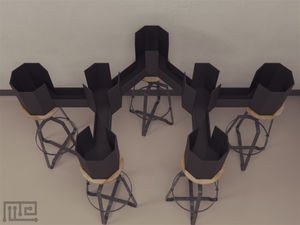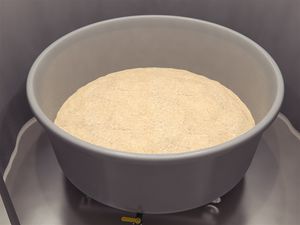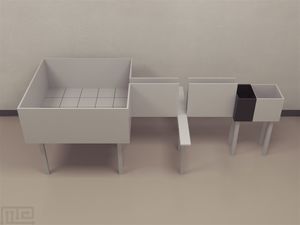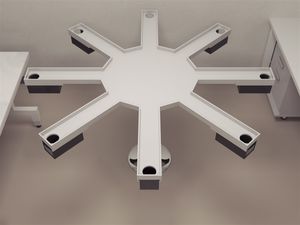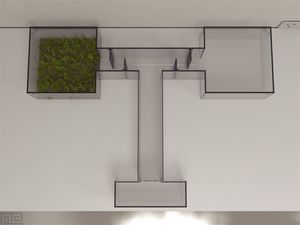

- Products
- Catalogs
- News & Trends
- Exhibitions
Animal research experiment maze Flexfor micefor rats
Add to favorites
Compare this product
Characteristics
- Applications
- for animal research
- Animal type
- for mice, for rats
Description
This maze was first described in the literature by Sato et al (2017) for learning and memory. The device comes with five vertical and five horizontal corridors that allows for a flexible construction of routes. Similar to the Hebb Williams maze, successively more difficult modular tests are performed on the rodent to create environments that challenge spatial learning memory. The device from MazeEngineers is available for both mice and rats.
Related Searches
- Activity meter
- Animal research cage
- Modular animal research cage
- Experiment maze
- Mice experiment maze
- Rat experiment maze
- Animal research experiment maze
- Rodent animal research cage
- Analgesia meter
- Operant behavior system
- Mice animal research cage
- Animal research analgesia meter
- Mice activity meter
- Rat operant behavior system
- Mice operant behavior system
- Benchtop operant behavior system
- Rat activity meter
- Behavioral research activity monitor
- Behavioral research experiment maze
- Elevated plus experiment maze
*Prices are pre-tax. They exclude delivery charges and customs duties and do not include additional charges for installation or activation options. Prices are indicative only and may vary by country, with changes to the cost of raw materials and exchange rates.

